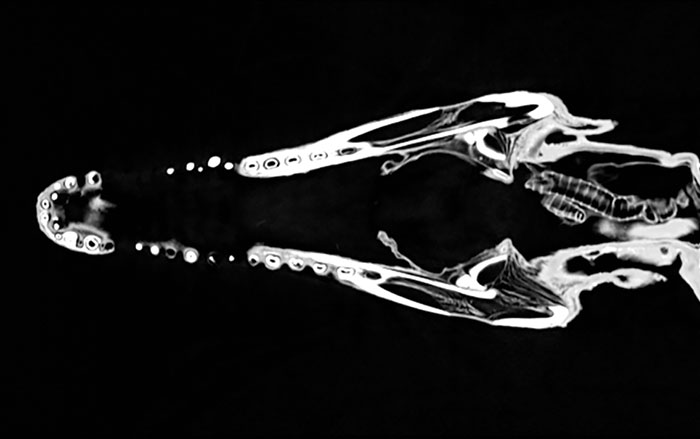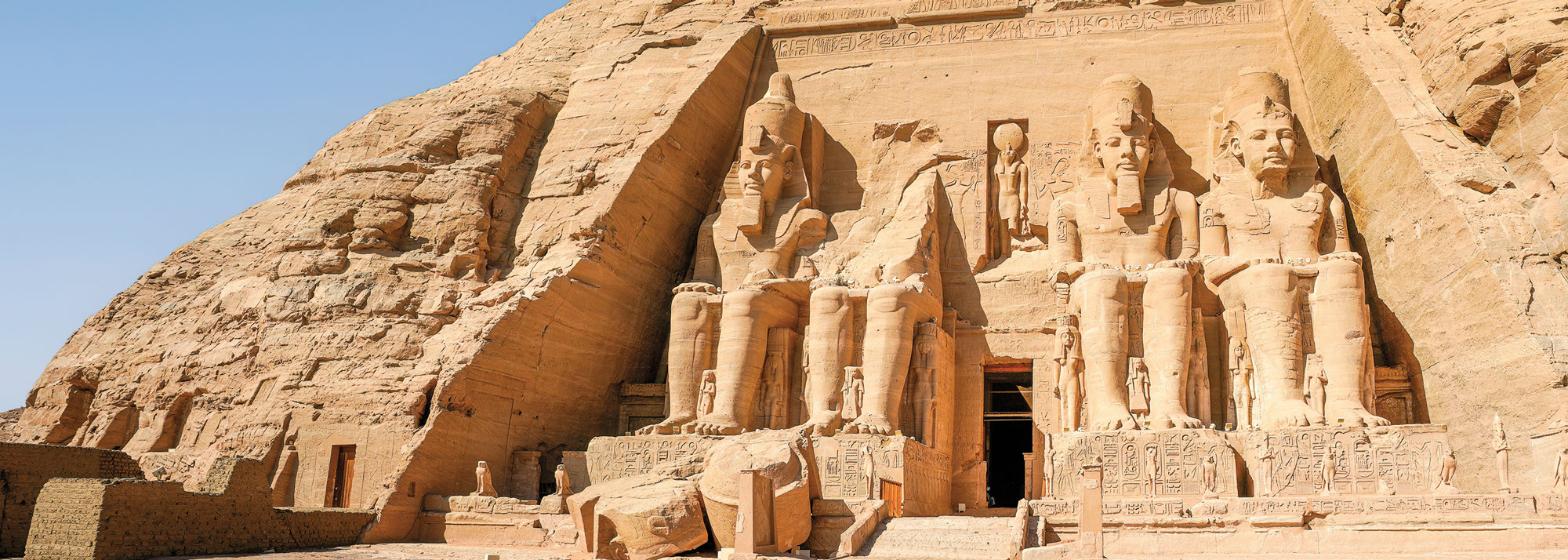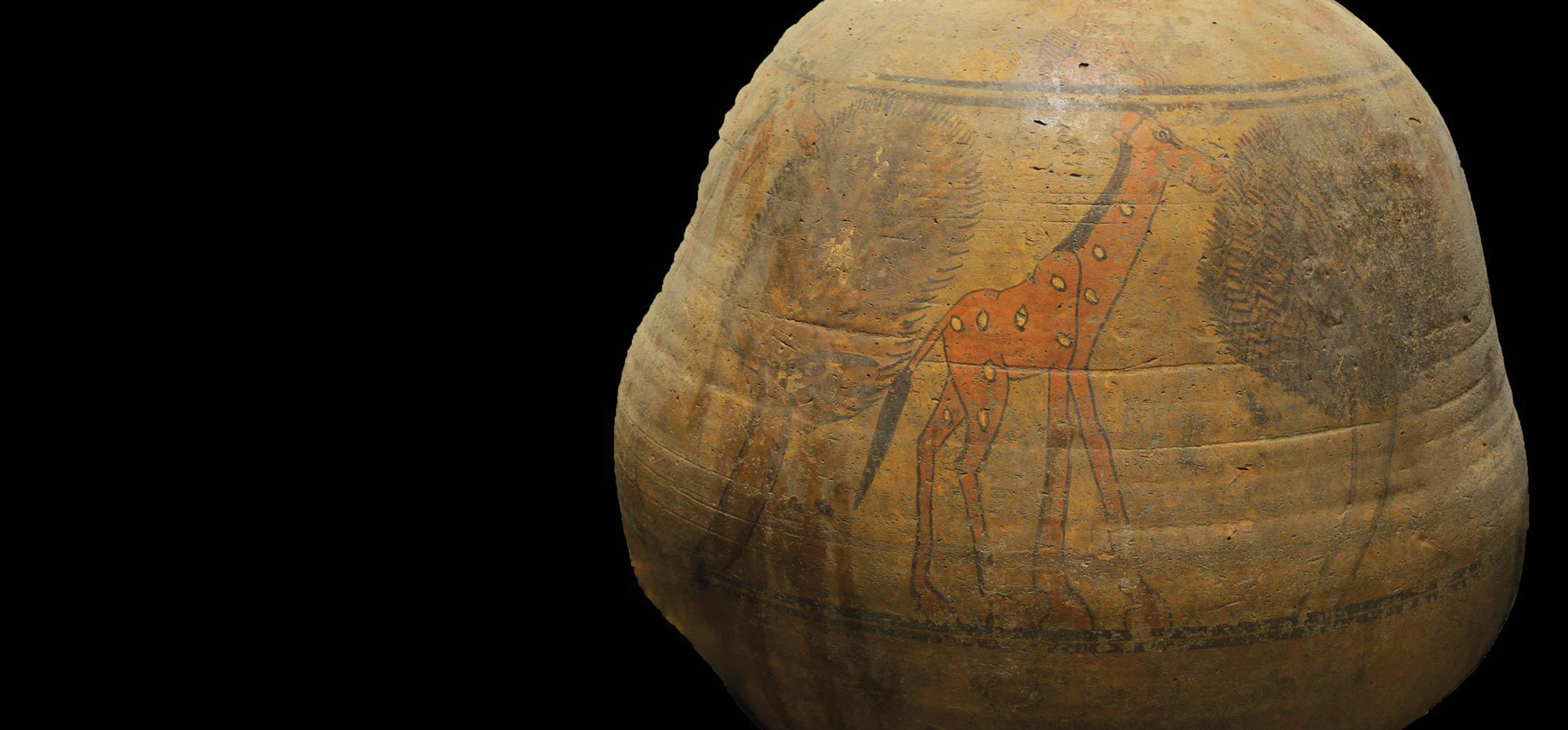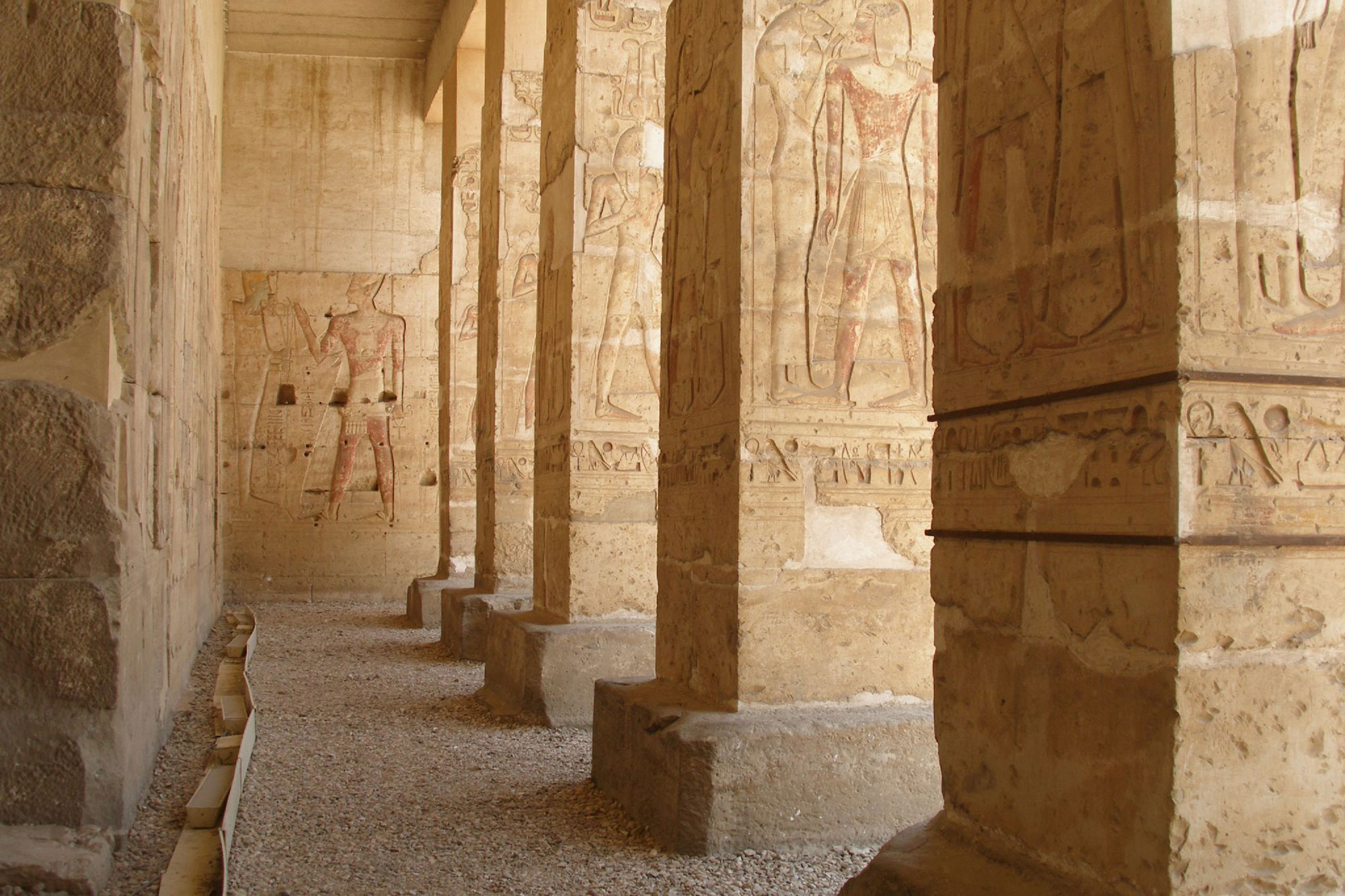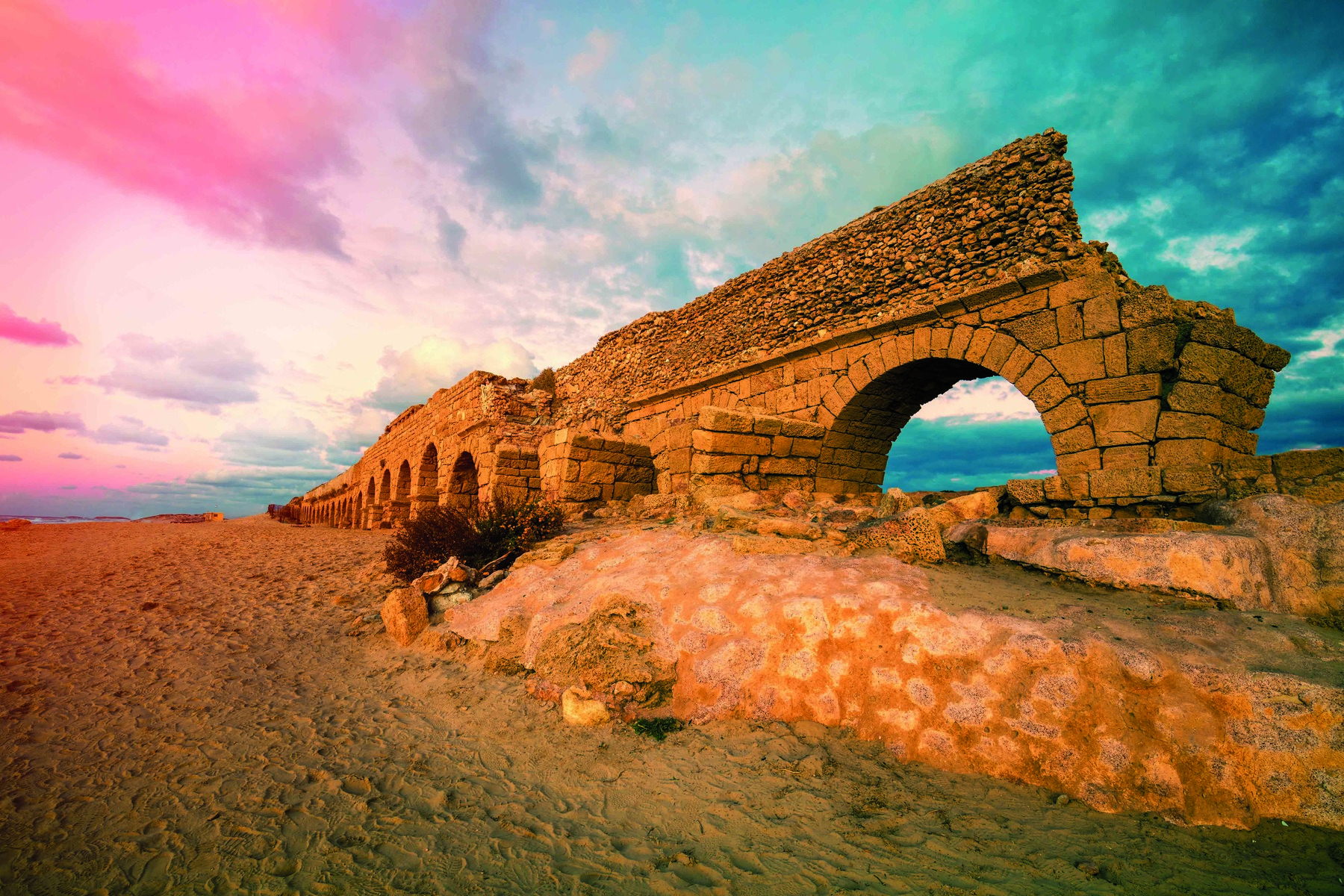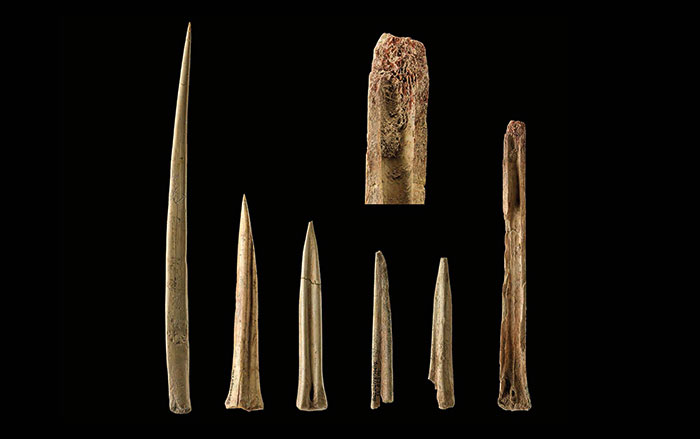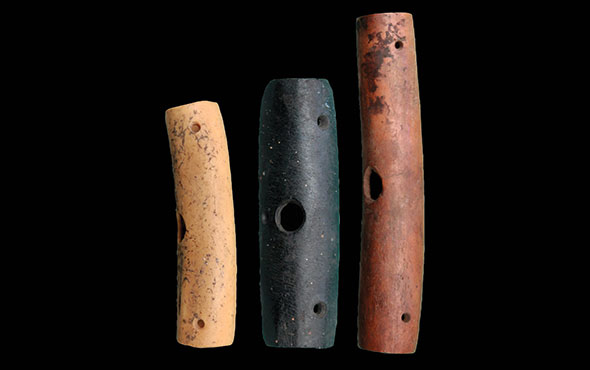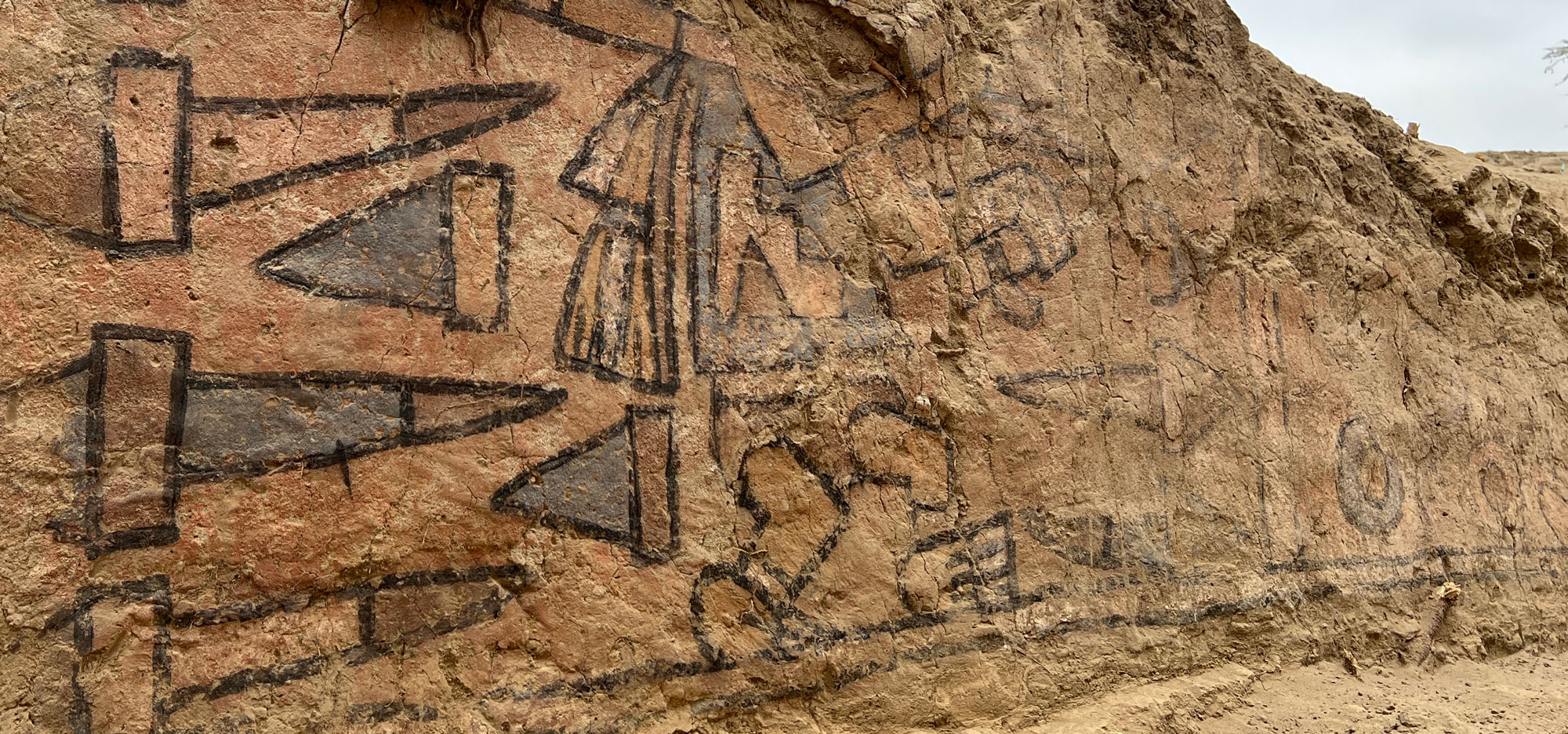
CAIRO, EGYPT—Excavations at the necropolis of Meir, which is located in Middle Egypt, have uncovered traces of a large structure made up of Christian monks’ cells dated to the Byzantine period on an upper level and Late Perod burials on a lower level, according to an Ahram Online report. “The discovery highlights the significance of Meir during the Old and Middle Kingdoms as well as the Later Period,” said Mostafa Waziry of Egypt’s Supreme Council of Antiquities. Prayers, written with black ink in eight lines of Coptic text, were found on one of the walls in the upper level, he added. Above the text, researchers found a shelf that may have held manuscripts or other items that belonged to the monks. On the lower level, the researchers uncovered poorly preserved fragments of decorated coffins, a funerary mask and collar, pottery, blue and black faience beads, and two copper mirrors. To read about 800-year-old monastery paintings in Cyprus, go to "Byzantine Secret Ingredient."


